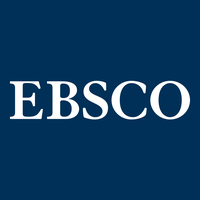An experimental comparison between two teaching procedures to using equivalence classes
DOI:
https://doi.org/10.55414/c8mnv156Keywords:
equivalence classes, education, matching to sample, respondent- type procedureAbstract
This study compares two teaching procedures, Both of them make possible that untrained knowledge arises, and both comes from cognition and language field investigated by Functional Analysis of Verbal Behavior.
The target was the acquisition of geographical and historical contents by four 9 to 11 children who passed a pre-experimental phase of evaluation and then an experimental phase. Following respondent-type procedure, pairs of stimuli were presented simultaneously, and following matching to sample procedure, one stimulus (sample) was shown up on a piece of paper, and three stimuli (comparisons) were shown down, one of the last ones had to be matched to the sample.
A within subject with inter-subject replications experimental design was accomplished.
Differencies between two procedures were found; in general, both are useful to form equivalence classes, but respondent-type gave better results.
Downloads
References
.
Downloads
Published
Issue
Section
License
Copyright (c) 2022 APUNTES DE PSICOLOGÍA

This work is licensed under a Creative Commons Attribution-NonCommercial-NoDerivatives 4.0 International License.

























